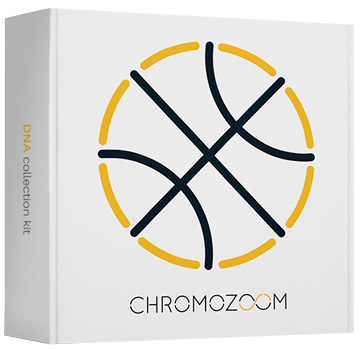Recovery time
Healing process
Once muscle, ligament or tendon injury has occurred, healing progress starts and is divided into three phases: acute, subacute and chronic (maturation and remodelling)
The Acute Stage (Inflammatory response)
The injury is in acute phase characterised by an inflammatory response and its function is a halt of the progression of cellular injury, the initial healing process. The classic signs are rubor (redness), tumor (swelling), calor (warmth or heat) and dolor (pain). The inflammation is a result of the spread of exudate from the damaged vessels in the region of injury. This cellular event can last up three to six days. To the cellular events associated with acute phase are:
- vasoconstriction and coagulation upon damage of blood vessels
- swelling at the injury site caused by cellular components leaking from the blood and lymphatic vessels
- clot formation
- hallmarks (redness, warmth, pain and selling)
The Subacute Stage (Repair and Healing Phase)
The subacute phase of healing begins as early as the third day after injury and last for up to 21 days. Typically is new capillaries growth (known as angiogenesis) and forming new collagen to replace the damaged tissue. Collagen is the structural protein of soft tissues structures. This newly formed collagen is weak and thin and aggressive or unsupervised treatments may damage this structurally weak tissue. It is recommended continue with a range of motion exercises and pain-free stretching and light strengthening.
The Chronic Stage (Maturation and Remodeling Stage)
The chronic stage of healing is the final stage of healing that begins around day 21 and continues up to 12 months after injury. During this period the healing collagen is remodelled in response to applied stress. Applying an appropriate volume of force to healing tissue will help to facilitate the functional orientation of collagen and increase tendons strength.
Muscle injury
Muscle strain includes tearing of the fibres, weakness, loss of function, pain and swelling. Usually, it is classified into three degrees:- the first degree is minor injuries associated with tearing of less than one-half of the muscle fibres, minor pain and little to no loss of function
- the second-degree strains are associated with tearing on approximately one-half of the fibres, moderate pain and visible swelling
- the third degree is connected with a complete tear or rupture of the muscle, complete loss of function, an individual with this degree may not experience pain if an innervating sensory nerve has been damaged
